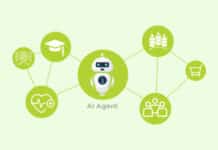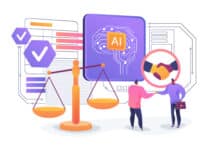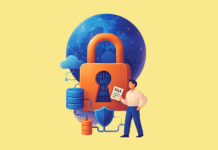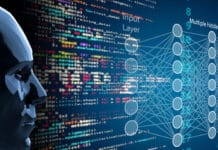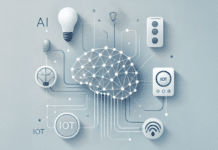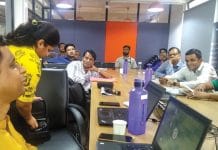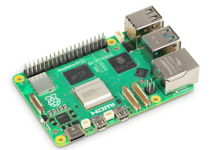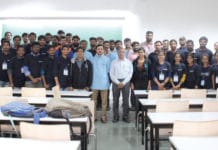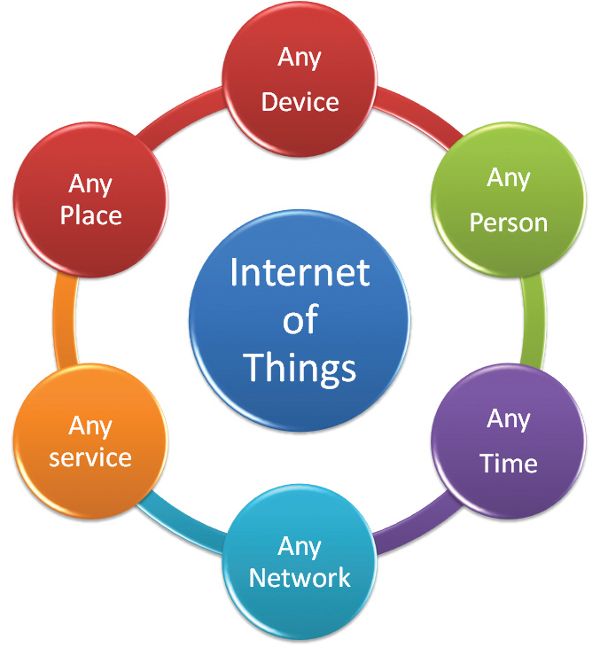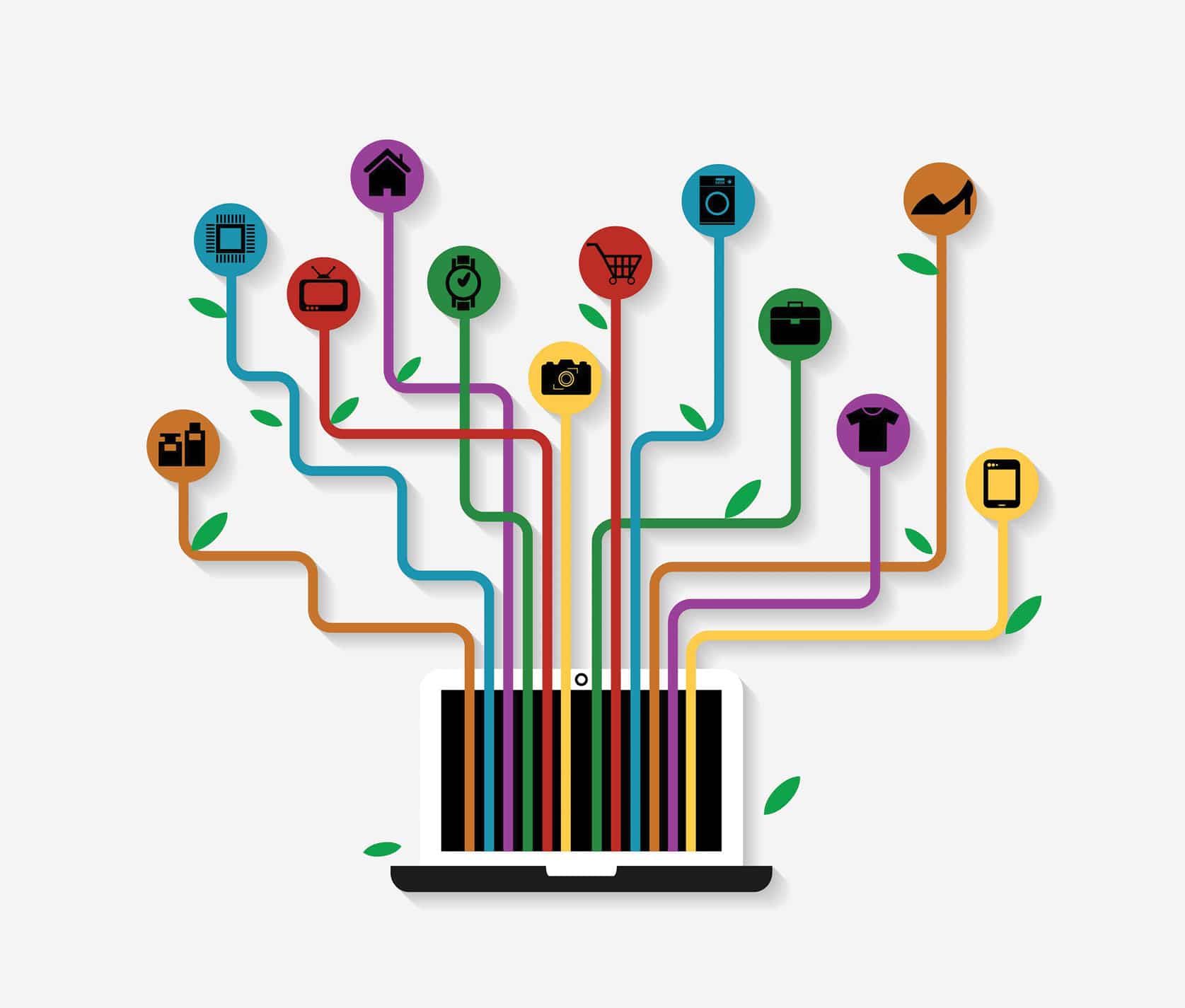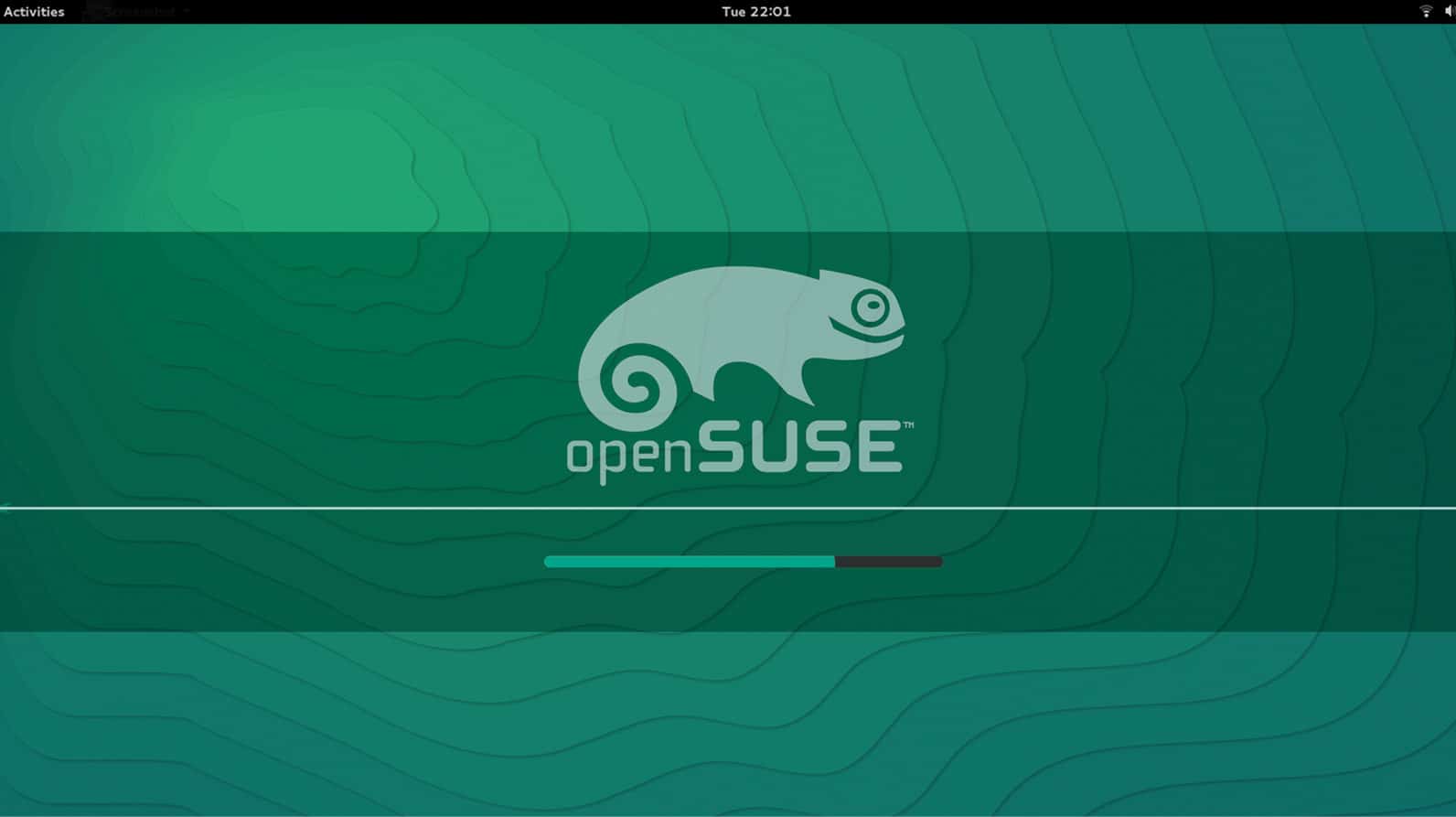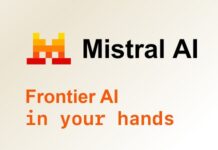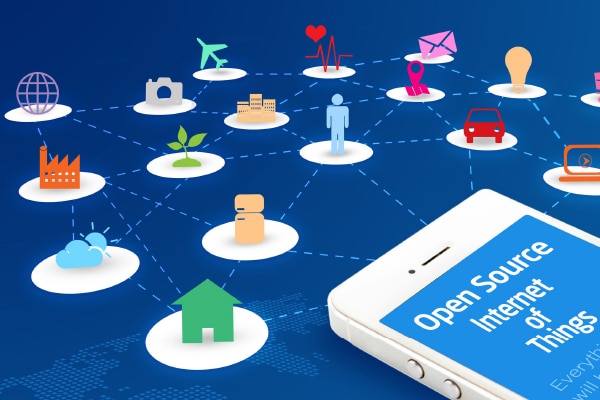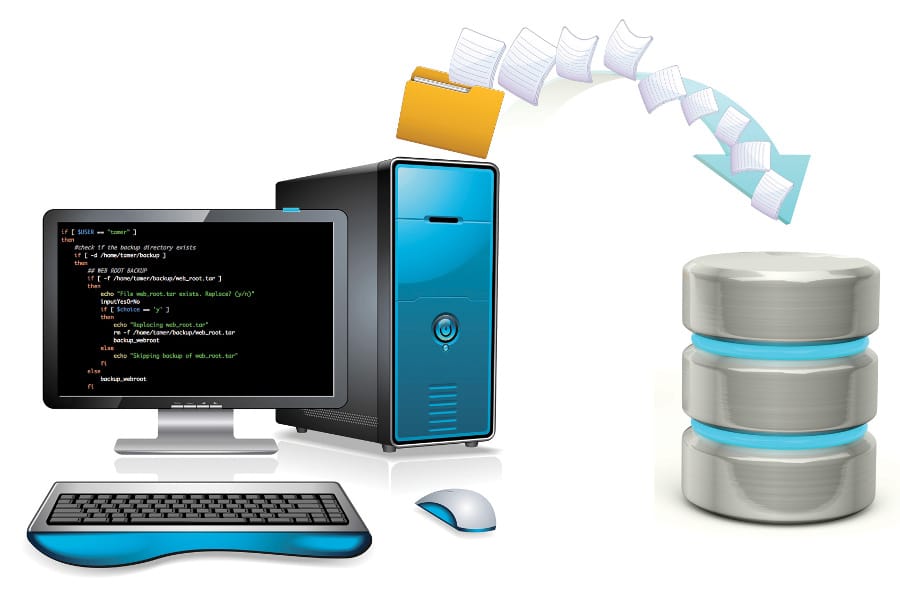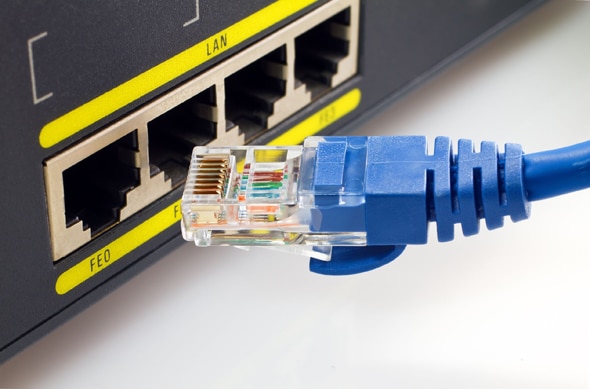Open source IoT platforms promise to play a central role in shaping the future, making it possible for more people and businesses to benefit from smarter, more efficient solutions. We look at a brief history of this tech and explore emerging trends.
Visualise waking up in a home where the lights gently brighten as your alarm rings. The AC adjusts to your preferred temperature, and your car sends you a message that it’s fully charged and ready for the day. All of this happens automatically, without you lifting a finger, because the devices in your home are communicating with each other. This is the magic of the Internet of Things (IoT), where everyday objects are connected to the internet, allowing them to work together in an intelligent, automated way.
Now, imagine that the software and tools powering this interaction are not locked behind expensive licences or proprietary systems. Instead, they are open source—free to use, modify, and share. This allows developers everywhere to come up with new ideas and solutions. For example, many people use proprietary smart home systems like Google Nest for controlling thermostats or Amazon Alexa for voice-based automation. While these systems are user-friendly, they can be expensive, and users are limited to the products and services offered by the prominent manufacturers.
In contrast, open source platforms like Tasmota allow ordinary devices, such as light switches or bulbs, to become smart devices. Tasmota firmware can be installed onto compatible microcontrollers, which are small electronic components used to control devices. Once the firmware is installed, these devices can connect to Wi-Fi and be controlled through mobile apps. Unlike systems like Philips Hue or Samsung SmartThings, Tasmota doesn’t require expensive, proprietary hardware. It repurposes existing devices, saving money while creating a customised smart home. Tasmota is also flexible, as it works with various devices and platforms, making it an ideal choice for those who want to experiment with technology or build smart systems on a small budget.
In India, startups are increasingly using open source IoT solutions to make advanced technologies more affordable and accessible. A prominent example is IoT OpenLab, an initiative by the Software Technology Parks of India (STPI) under the Ministry of Electronics and Information Technology (MeitY), Government of India. This lab supports startups by providing infrastructure, tools, and mentorship, focusing on sectors like agriculture and healthcare. It also aligns with national initiatives like Digital India and Make-in-India, helping reduce electronics imports and promote local innovation. Another example is iSPIRT’s Open Source Healthcare IoT, which utilises open frameworks like the Bharat Health Stack to develop connected healthcare solutions. These solutions improve communication and data sharing within healthcare systems, leading to better diagnostics and overall efficiency. By using open standards, the Bharat Health Stack ensures health data can be securely shared across various platforms. This makes it easier for doctors, clinics, and hospitals to access and update patient records in real time. For instance, a patient’s medical history can be made available to all their healthcare providers to ensure timely and accurate care. This open approach also reduces costs, making healthcare more affordable and accessible.
Globally, open source IoT is making waves as well. Arduino, an open source electronics platform, is widely used for building custom IoT projects—from smart weather stations to home security systems—empowering hobbyists and professionals alike.
In India and around the world, open source IoT is helping individuals and communities create their own solutions to solve local problems. This is leading to new ideas, saving money, and making technology available to everyone.
A brief history of open source and IoT
Open source technology became popular in the 1990s when developers started sharing their code to accelerate innovation. A prominent example is Linux, which showed how developers across the world could work together to build something powerful and free to use.
The idea of the Internet of Things (IoT) is relatively recent. The term IoT was coined in 1999 by Kevin Ashton, a British technology pioneer, but the concept of connected devices dates back even earlier. In the 1980s, engineers at Carnegie Mellon University connected a Coca-Cola vending machine to a local network, allowing them to remotely monitor the machine’s status, including the temperature of the drinks. This early experiment demonstrated the potential of remotely controlling and monitoring devices.
However, long before the term IoT came into use, the concept of embedded systems was already gaining ground. Embedded systems were the technologies used in everyday devices, such as washing machines, microwaves, and vending machines to make them work in an automated way. These systems were ‘embedded’ within products to make them smart and efficient. As the need for connecting these devices to the internet grew, what was once simply called embedded systems evolved into what we now know as IoT. In simpler terms, IoT took the old idea of embedded systems and added the power of connectivity, enabling devices to communicate with one another over the internet.
The real growth of IoT started in the 2010s when things like faster internet, affordable sensors, and cloud computing made it much easier to connect devices. As IoT grew, the demand for tools to manage and develop these systems also increased, and this is where open source technology stepped in to provide affordable, flexible solutions.
How open source and IoT work together
IoT systems can be quite complex, as they involve hardware like sensors, software, and data. Building these systems from scratch can be expensive and time-consuming. However, open source technologies have made it easier and more affordable to create and deploy IoT systems without requiring advanced technical knowledge or large investments.
For example, consider a farmer in India who wants to monitor soil moisture levels and automate the watering of crops when the soil dries out. Instead of building an expensive system from scratch, the farmer can use ThingSpeak, an open source platform that makes it easy to collect and analyse data from sensors. ThingSpeak allows the farmer to track soil moisture in real-time and determine when watering is needed.
Next, the farmer can use Node-RED, another open source tool, to automate the watering process. Node-RED is a no-code platform, meaning the farmer doesn’t need to know how to program. With Node-RED, the farmer can simply drag and drop blocks to create a workflow that triggers the irrigation system. For instance, when the soil moisture falls below a certain level, Node-RED can automatically activate the irrigation systems, ensuring the crops get watered without any manual effort. By using ThingSpeak and Node-RED together, even small-scale farmers can benefit from smart technology. This solution improves farming efficiency, saves water, and boosts crop yields—all at a much lower cost than traditional systems.
Let’s look at another example. Suppose you run a bakery and want to cut electricity costs. You decide to automate the cooling system in your storage room, where you keep perishable items like butter and cream. Using a temperature sensor and a Raspberry Pi (a low-cost, open source minicomputer), you can create a simple workflow with Node-RED. When the temperature rises above a certain level, the cooling system automatically turns on. If the temperature falls too low, the system shuts off. To make the system more reliable, you can set up phone alerts in case the system malfunctions or the temperature goes beyond a safe range. This whole solution can be built with open source tools at a fraction of the cost of proprietary systems, helping you save money on electricity bills and keep your products fresh.
The combination of IoT and open source technology offers endless possibilities, making smart solutions not only affordable but also accessible to people from all walks of life.
Emerging trends in open source IoT
Open source IoT is helping with everything from automating daily tasks to solving complex industrial problems. These developments are not just making life easier but also improving efficiency, saving resources, and supporting smarter decisions in many areas. Let’s explore some of the exciting trends shaping the future of open source IoT.
Edge computing: Edge computing is a new way of processing data from IoT devices. Normally, when you use a smart device like a fitness tracker or a security camera, the data it collects is sent to a cloud server far away for processing. This can cause delays, especially when quick responses are needed. For example, if you press a button to turn on your smart lights, and the data has to travel to a distant server and back, the delay can be frustrating.
With edge computing, the device processes data locally, right where it is generated. This means faster responses and fewer delays, which is important for real-time actions. In smart homes, devices like lights, air conditioners, and security cameras respond instantly because they don’t need to rely on faraway servers. For example, when you say, “Turn on the lights,” the processing happens on or near the device itself. Today, many households are adopting IoT systems for controlling appliances, managing security, and saving energy, all enhanced by edge computing.
Edge computing is also transforming factories. Machines equipped with this technology can monitor their own performance and detect issues like overheating or wear and tear before a major breakdown happens. This prevents costly repairs and downtime. Companies like Tata Steel and Mahindra & Mahindra are already using these systems to improve efficiency. For instance, Siemens in India uses edge computing in its factories to predict machine maintenance needs, ensuring repairs happen before a complete failure.
This shift is becoming a global trend. A report by Gartner predicts that by 2025, 75% of data generated by businesses will be processed locally at the edge instead of being sent to the cloud. This move not only reduces latency but also enhances data security by keeping sensitive information closer to its source.
Artificial intelligence (AI) and machine learning (ML): When AI and ML are combined with IoT, devices become more than just smart. They can analyse data and make decisions on their own, acting automatically without human input.
AgroStar, a Pune-based company, uses AI and IoT to provide Indian farmers with real-time updates on crop health, guiding them on watering, fertilisation, and harvesting. The sensors monitor factors like soil moisture, weather, and temperature, helping predict crop diseases before they appear. For instance, if dry soil or fungal risks are detected, the system alerts farmers to take preventive action. This helps in boosting yields and reducing crop losses.
In healthcare, wearable devices like fitness trackers and smartwatches are using AI to monitor health in real-time. These devices track metrics like heart rate, blood pressure, and sleep patterns. If abnormal readings occur, they alert users or even notify doctors. In India, devices like Fitbit and Garmin are popular, and smart platforms in some hospitals use AI and IoT to share patient data with healthcare providers. This ensures faster response times for emergencies like heart attacks or strokes.
AI and IoT combine to provide real-time insights and predictive analysis. AI can process data from IoT devices and recommend actions to improve outcomes.
Blockchain technology for IoT security: With IoT devices becoming a part of daily life—whether it’s smart locks, home cameras, or health-monitoring wearables—ensuring the security of data becomes critical. These devices often rely on centralised servers, which can be vulnerable to cyberattacks. Blockchain technology provides an innovative solution by decentralising data storage. Instead of storing data in one place, it is distributed across a network of computers or ‘nodes’. This not only strengthens security but also makes it much harder for hackers to manipulate or steal information.
For example, in smart homes, blockchain ensures that only authorised devices, such as a smartphone, can control systems like locks or cameras. If someone tries to hack the system, blockchain detects it and blocks unauthorised access. In India, startups like Oakter and Livpure are incorporating blockchain into their smart products to improve security. A blockchain-enabled smart lock, for instance, can securely verify the identity of authorised family members through a decentralised network.
Blockchain builds trust in IoT by ensuring that devices only interact with verified sources. Its decentralised nature makes it nearly impossible for hackers to alter data or disrupt systems. Industries using blockchain in IoT also benefit from tools like Hyperledger and Ethereum, which are open source and available to developers.
Beyond homes, blockchain is helping secure supply chains in India, particularly in sectors like food and pharmaceuticals. IoT devices track goods during transit, and blockchain ensures that this data—such as location, condition, or tampering—is securely stored and unchangeable. This helps prevent fraud, such as counterfeit medicines or spoiled food. As blockchain markets are expected to grow significantly, this technology is proving to be a game-changer for creating secure and reliable IoT systems.
Digital twins: A digital twin is a virtual copy of a physical object or system. Imagine having a digital version of your car, home, or even an entire factory that lets you monitor and manage the real thing without touching it. This technology helps track, analyse, and optimise real-world devices or systems in real-time, making it useful in industries like manufacturing and smart cities.
Factories use digital twins of machines to predict maintenance needs. For example, if a machine’s digital twin shows early signs of wear, engineers can repair it before it breaks down. This reduces unexpected downtime and lowers repair costs. Bosch, a leading global manufacturer of automotive components and industrial products, uses digital twins to monitor its production lines, identifying small issues before they escalate into larger problems. It’s like having a virtual mechanic watching your car around the clock.
Digital twins are also transforming urban planning. A digital replica of a building or a neighbourhood can help city planners optimise energy use, enhance safety, and manage resources more effectively. For instance, in Bengaluru, digital twins of buildings are being used to improve energy efficiency and reduce carbon emissions. They allow city officials to solve problems proactively, like repairing a bridge when its virtual model shows signs of stress before it becomes unsafe.
Digital twins provide a cost-effective way to improve efficiency and sustainability. They allow businesses and governments to test changes or solve issues in the virtual model, avoiding expensive mistakes in the real world.
The digital twin market is expanding rapidly. According to a report by E&Y, its value was $9 billion in 2022 and is projected to reach to $137 billion by 2030. Industries across India are adopting this technology to boost performance, reduce costs, and improve operations.
Sustainability in IoT: Sustainability is growing in importance for both individuals and businesses. IoT is playing a key role in achieving this by helping reduce energy consumption and pollution. Smart devices like thermostats and energy meters make energy use more efficient. For example, smart thermostats automatically adjust home temperatures to prevent energy waste when no one is home. In factories, IoT sensors monitor energy use in real-time, allowing machinery to make adjustments that save energy and cut costs.
Several cities today use IoT to track air pollution with sensors placed across different areas. These sensors help authorities respond quickly when pollution levels rise. Similarly, smart electricity meters in homes provide real-time feedback, encouraging people to save energy. In some parts of India, these meters have significantly reduced electricity consumption.
A survey by PwC reveals that 81% of consumers expect businesses to be environmentally conscious in their advertising and communications, while 69% say they are doing everything possible to minimise their carbon footprint. IoT is helping companies meet this expectation by enabling greener practices. For instance, businesses are using IoT to monitor goods and minimise waste in their supply chains, reducing emissions and conserving resources. By making homes smarter, cities cleaner, and industries more efficient, IoT is turning sustainability into a practical reality—not just in India but worldwide.
Interoperability and standardisation: One challenge with IoT is that devices from different brands don’t always work well together. For example, setting up a smart home with lights, cameras, and air conditioners from different manufacturers can be difficult if the devices can’t communicate with each other. This lack of compatibility can slow the growth of IoT systems, especially as they become more complex. A McKinsey report states that 70% of companies consider device compatibility a key factor in IoT success.
Open source solutions are solving this problem by creating standardised communication protocols, which act like a common language for devices to “talk” to each other. Two popular protocols are MQTT (Message Queuing Telemetry Transport) and CoAP (Constrained Application Protocol). Think of MQTT as a WhatsApp group for devices—it helps them send short updates to each other in real-time, like a smart thermostat informing your phone about the current room temperature. CoAP, on the other hand, works like browsing a website: devices send simple requests to get specific information, such as a fitness tracker asking a server for the latest health insights. Both protocols make it easy for gadgets from different brands to share data seamlessly.
In India, smart homes often have IoT devices from companies like Xiaomi, Samsung, and Philips. With MQTT and CoAP, these devices can work together, such as a smart bulb adjusting its brightness when a security camera detects movement. These protocols provide the framework that helps the system run smoothly. This is essential for scaling IoT in areas like smart cities, agriculture, and industry.
Low-code development platforms: In the past, developers had to write complex code to build even basic IoT solutions. Today, thanks to open source low-code platforms, building IoT systems is easier, even for those with little coding experience.
Low-code platforms like Node-RED are changing how IoT applications are created. Users can design systems by dragging and dropping pre-built blocks, each representing a function like data collection or communication with devices. For example, a student can set up a temperature monitoring system by linking blocks for sensors, data logging, and alerts—without writing any code. This simplicity makes IoT development accessible to people with basic computer knowledge. It’s especially helpful for students, small businesses, and hobbyists who want to explore IoT without deep programming skills.
Low-code platforms also make it easier to develop practical IoT systems. For instance, in smart agriculture, students can design systems to monitor soil moisture and control irrigation automatically, helping farmers save water. In smart homes, hobbyists can build systems to control appliances like lights or security cameras. In cities like Delhi, where air quality is a concern, these platforms can help create IoT systems to track pollution levels in real-time.
By simplifying the development process, these platforms are democratising IoT and empowering the next generation of pioneers eager to explore new technologies.
Challenges and the future
Open source IoT has many advantages, but it also faces some significant challenges. One of the biggest concerns is security. Since open source software is publicly available, it can be vulnerable if not regularly updated and properly managed. Developers need to ensure that security measures are strong to protect both the devices and the data they handle. Another challenge is interoperability. Devices from different manufacturers may not always work well together, which can limit their usefulness. Creating standardised communication protocols is key to overcoming this issue.
Despite these challenges, the future of open source IoT looks promising. It’s opening up opportunities for developers, small businesses, and startups by cutting down on costs and promoting collaboration. Hackathons, community-driven projects, and innovation programs are helping to push forward new solutions and ideas.
As more people contribute to open source projects, we can expect faster innovation, better security, and lower costs. Open source IoT is also likely to play a big role in meeting sustainability goals. By providing more efficient, eco-friendly solutions, it can help reduce waste and energy consumption.
Looking ahead, open source IoT will continue to drive change. It’s a key part of technological growth across industries and will help improve how we live. Emerging technologies like edge computing, artificial intelligence, blockchain security, and digital twins are changing how devices communicate and perform tasks. While challenges like security risks and device compatibility still exist, the potential of open source IoT to address them is clear.


